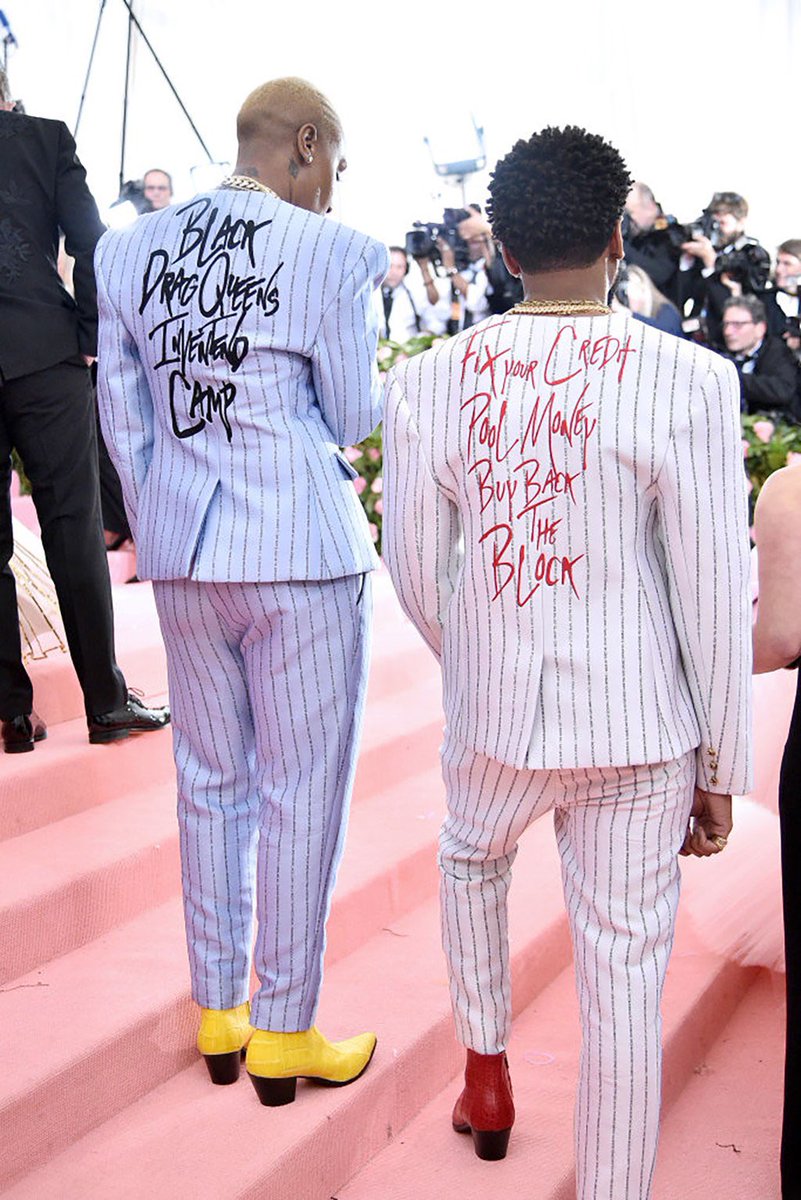As I browsed the Met Gala outfits when I woke up this morning, I was left both impressed and confused. The outfits were as good as they always are — some unusual, some beautiful. However, I couldn’t quite get my head around the theme i.e. “Camp: Notes on Fashion”. I had literally no idea what it meant, but only when I began to understand its meaning did I fully appreciate the outfits and their societal implications.
When I think of camp I think of the wilderness, cargo pants and dirt. When I looked at the Met Gala outfits they did not resemble anything close to this connotation. However, further research brought me to the actual meaning. Camp is eccentric and it is different — most importantly, it is really hard to define. This year’s Gala theme was based on Susan Sontag’s seminal 1964 essay Notes on “Camp”, which posited different ways in which the concept could be construed.
Looking at the attendees with new eyes, some seemed to hit the theme spot on while others completely missed the mark. The Jenner sisters, Harry Styles and Janelle Monae completely embodied “camp” while others such as Jennifer Lopez, Riley Keough and Tom Ford dressed as if they didn’t know there was a theme at all. And what an important theme to miss! The most interesting aspects of “camp” are its social history and its roots in queer culture.

As Lena Waithe and Kerby Jean put so plainly on the back of their pinstriped suits “black drag queens invented camp”. Camp has its origins in 17th century France with Louis XIV and his brother Philipe, Duke of Orleans. Louis XIV popularized high heels and invented ballet. He is responsible for France being the fashion, art and culture hub that it is today. His brother Philipe dressed very feminine and was very interested in women’s roles. He was believed to be a gay man, starting the long history of queer identity in camp fashion.
Many of the men walking the red carpet followed closely in Philipe’s footsteps. Men including before mentioned Harry Styles, Ezra Miller, Jared Leto and Micheal Urie broke gender roles by sporting dresses and effeminate clothing. They seemed to be the only men who followed the theme, which called for a break out of masculine norms. At an event which most men are underdressed at, it was a pleasant surprise to see men push the envelope of fashion.
The great thing is that no one was surprised by the way these men dressed and they received major positive feedback. This normalization of gender role breaking dress is a huge push forward for the LGBT community, as men who dress in this style are often looked down upon.
However, camp isn’t just about feminine or exuberant dressing. At the very root, it is a way for LGBT individuals to communicate with one another. Drag is a direct expression of camp sensibilities. Drag is about exaggeration (over-the-top looks and makeup), artifice (impersonation), and theatricality. Ru Paul was also in attendance at the Met Gala, dressed in a vibrant pink suit in customary camp fashion.

It is apparent that the 2019 Met Gala has made history. Putting queer fashion in the spot light for the first time. LGBT culture and fashion is often overlooked unfairly, even though it has shaped the past, present and future. Right know we are witnessing a change for the future of LGBT individuals, a push for more acceptance and normalization, and finally getting the credit the community deserves.
Photo courtesy of Vanity Fair

